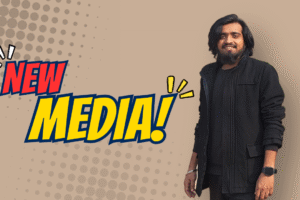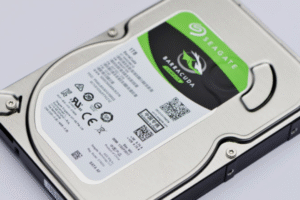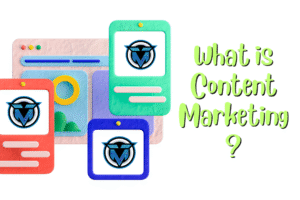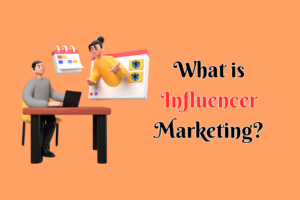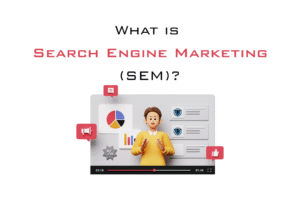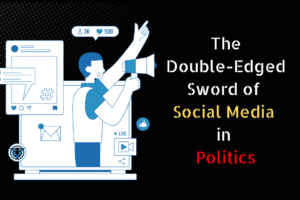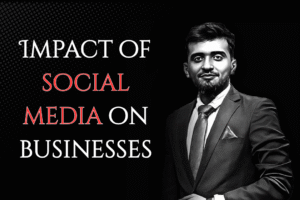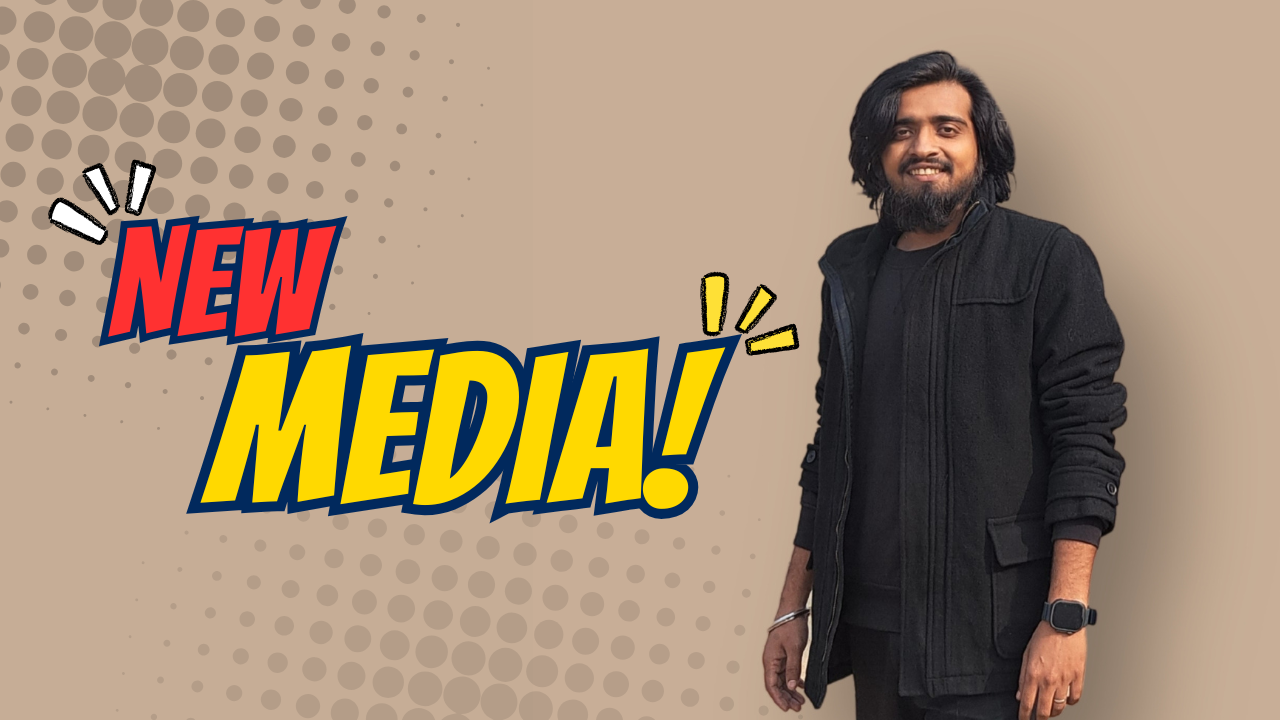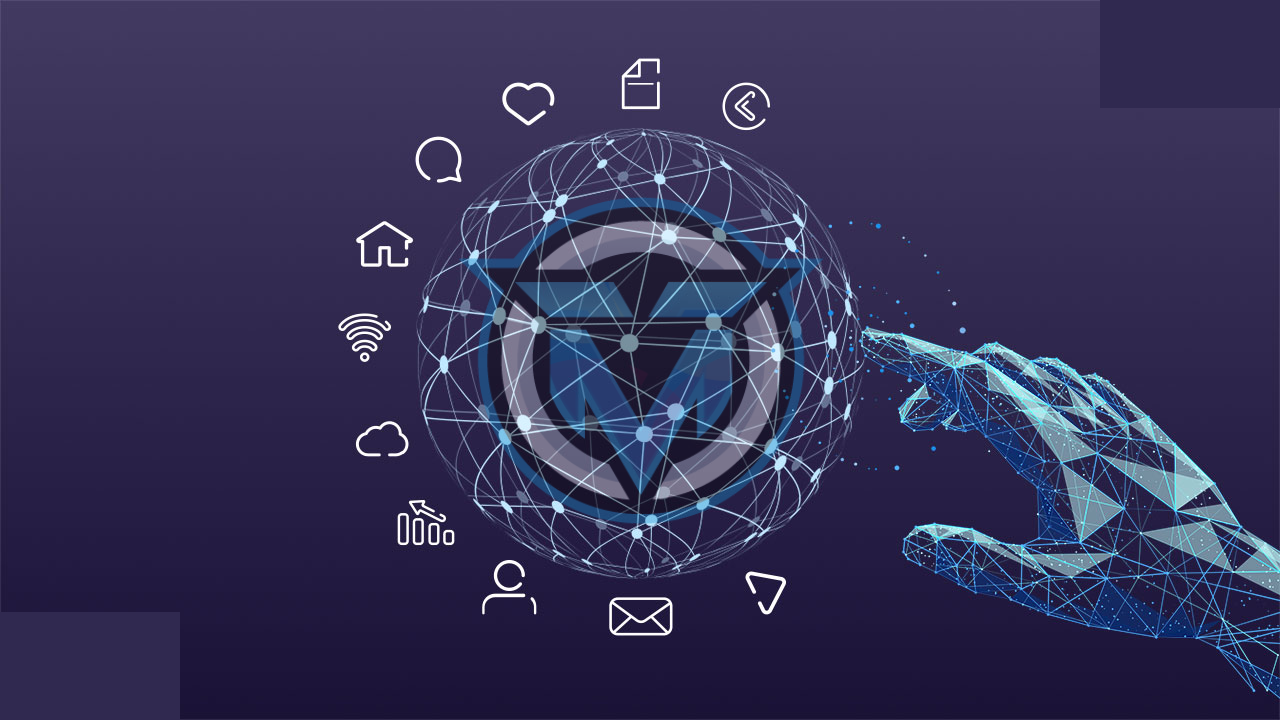In today’s fast-evolving digital landscape, the term new media has become increasingly relevant. From social media platforms to interactive websites, new media shapes how we communicate, consume content, and share information. But what exactly is new media, and how does it differ from traditional media?
Knowing New Media
New media refers to digital, computerized, or networked information and communication technologies. It encompasses content that is created, shared, and accessed using the internet or other digital means. Unlike traditional media—such as newspapers, radio, and television—new media is interactive, immediate, and often user-generated.
Key Characteristics of New Media:
- Interactivity: Users can engage, respond, and contribute.
- Digital Format: Content is created and distributed digitally.
- On-Demand Access: Available anytime and anywhere via devices.
- User Participation: Encourages content creation by users (UGC).
- Multimedia Integration: Combines text, images, video, and sound.
Examples
To better understand the concept, here are some common examples of new media:
- Social Media Platforms (Facebook, Instagram, X, TikTok)
- Podcasts and Streaming Services (Spotify, YouTube, Netflix)
- Blogs and Vlogs
- Online News Portals
- Interactive Websites and Apps
- Virtual and Augmented Reality (VR/AR)
- Online Games and Forums
These platforms allow two-way communication, real-time updates, and personalized content experiences.
New Media vs. Traditional Media
| Aspect | Traditional Media | New Media |
|---|---|---|
| Format | Print, Broadcast | Digital, Internet-based |
| Interaction | One-way | Two-way (interactive) |
| Content Creation | Professionals only | Anyone can create content |
| Accessibility | Scheduled | On-demand |
| Distribution Speed | Slower | Instant |
New media is more accessible, democratic, and global, while traditional media often relies on centralized control and scheduled programming.
The Importance Today
In the modern world, new media plays a crucial role in:
- Marketing and Branding: Digital media is a cost-effective tool for brands to reach global audiences.
- Education: E-learning platforms use multimedia and interactive content.
- Entertainment: Streaming and gaming platforms dominate how people enjoy media.
- News and Information: Real-time updates and user reporting break news faster than traditional outlets.
- Politics and Activism: Social media fuels awareness, movements, and debates.
Read More : What Is Video Media for 2025?
Challenges of New Media
Despite its many benefits, new media comes with some challenges:
- Misinformation & Fake News
- Privacy & Data Security Issues
- Digital Divide
- Information Overload
- Online Harassment and Trolling
These issues require digital literacy, responsible use, and updated regulations.
The Future of New Media
As technology evolves, new media is expected to grow in immersive content, such as AI-generated media, metaverse experiences, and interactive storytelling. The integration of 5G, blockchain, and virtual environments will further transform how we consume and create digital content.
